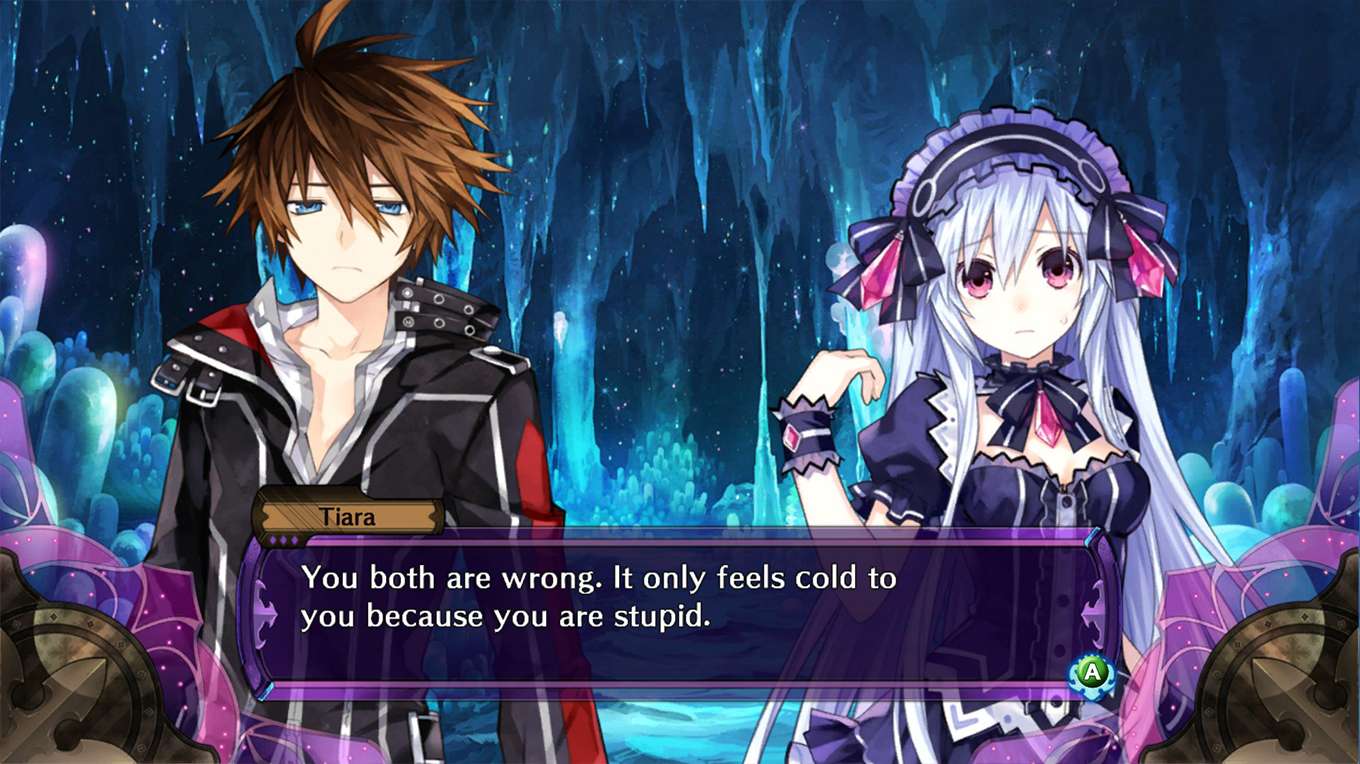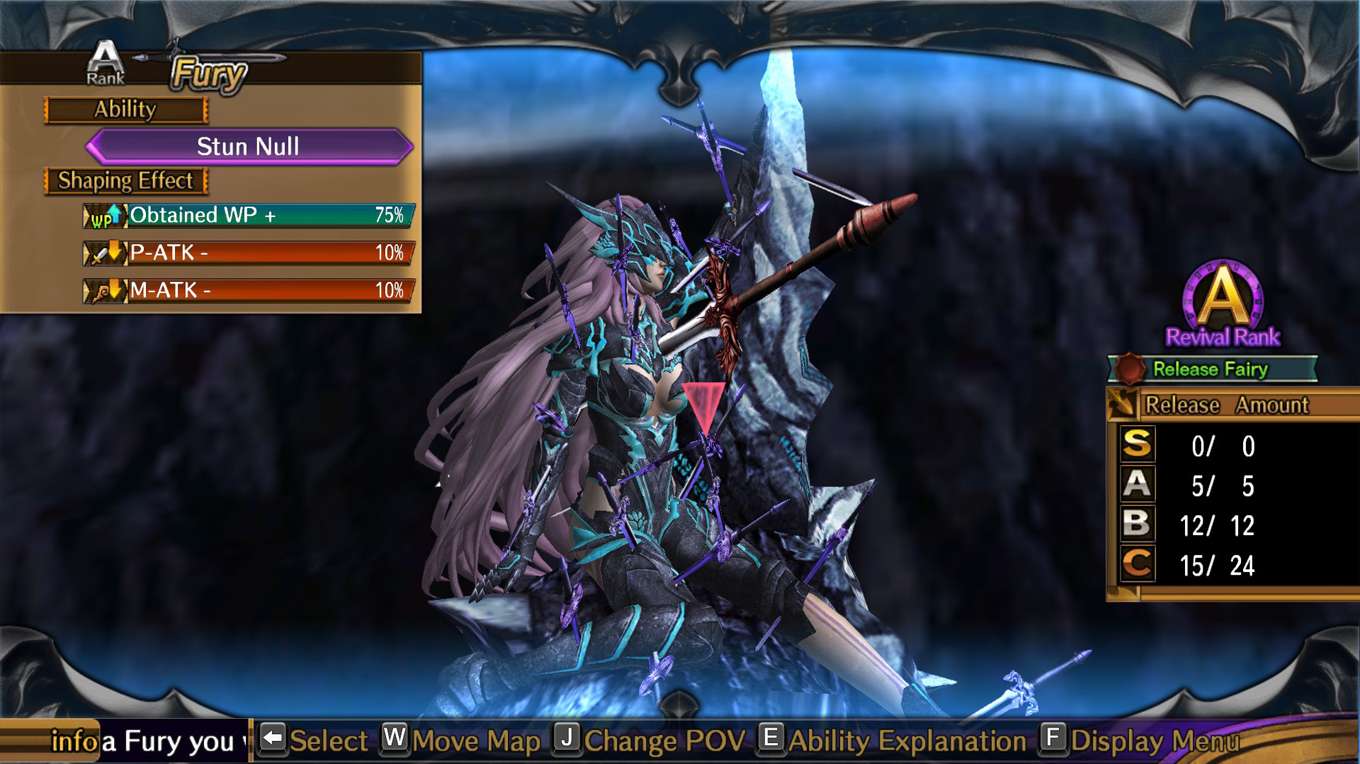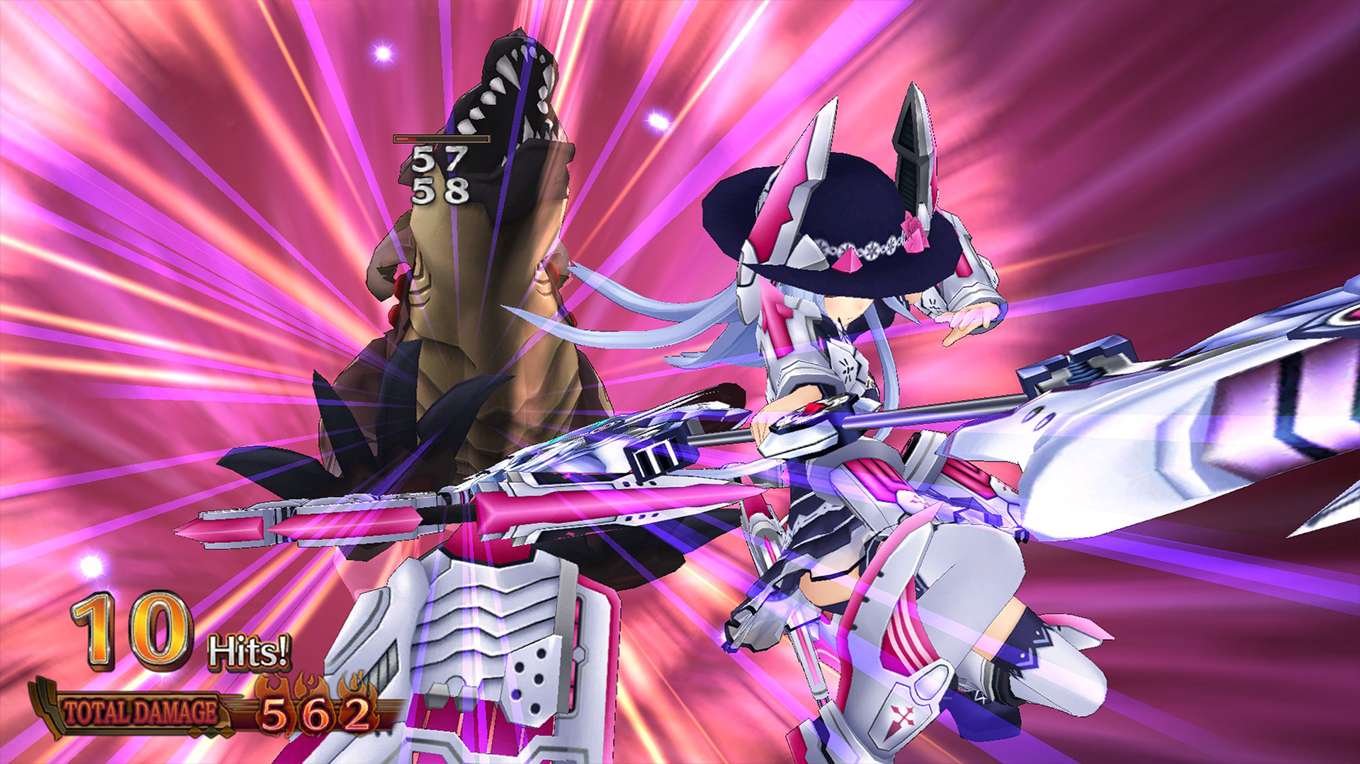
Fairy Fencer F PC Review
The more Neptunia games Compile Heart continues to release each month, the more anomalous Fairy Fencer F becomes; originally released on the PS3 in between the dozens of titles released in favor of the company’s flagship fanservice franchise, Fairy Fencer F was a surprising deviation that focused more on tried-and-true JRPG mechanics and a functional cast rather than the by-the-numbers smattering of moe drivel that makes up the majority of Neptunia games. Combat was simplistic yet fast-paced, the characters were anime stereotypes that managed not to prove immediately annoying while occasionally full of surprises, and the Fairy system allowed for a wide range of customization and learnable skills. Against all odds, it proved to be a shockingly competent RPG, one worthy of more widespread awareness. Now that it has joined Steam alongside the growing mountain of Neptunia games, this PC release might just be the chance it needs to separate it from the Nep-Nep herd.

The story of Fairy Fencer F centers around Fang, a typical spikey-haired swordsman with an atypical lack of motivation, where his biggest concern in life is where to get his next meal rather than save the world. After forming a pact with the Fairy Eryn over a misunderstanding, Fang is tasked to collect all of the Furies (mystical weapons that each Fairy resides in) in order to revive a slumbering Goddess, which will grant the user any wish they so desire (naturally, Fang is doing it for a lifetime of food). Eventually the Fairy and Fool duo become saddled with even more quirky companions, such as the pompous and occasionally masochistic Tiara, the curvaceous but untidy Harley, and the…oddly Canadian-sounding Galdo. The plot is standard JRPG fare despite the slight subversion of its tropes, but the cast is likeable enough without bordering on annoying, and the rampant fanservice is even kept to a minimum (of course, there’s always the requisite hot springs scene).
The gameplay remains completely unchanged from the PS3 release; like the Neptunia series, cutscenes and town visits consist of 2D portraits, while traversing dungeons and fighting enemies takes place in 3D. Combat is done in a familiar turn-based system where players and enemies take separate turns, but with additional features mixed in from other classic JRPGs; characters can use weapon points (WP) to unlock additional spells, attack combos and raise other parameters in addition to traditional leveling via EXP, Fairies can be equipped to offer additional stat bonuses such as increased strength or magic resistance, and it is even possible to transform (complete with glorious butt-rock courtesy of Nobou Uematsu) after filling up the Fairize meter. The World Shaping mechanic is also one of the game’s strongest features; by setting Furies on the world map, each area can be altered to players’ specifications, though each bonus tends to come with a price (one Fury can offer extra money earned in an area, but less EXP, while another can offer additional attack damage but with a higher SP cost).

What really sets Fairy Fencer F’s combat apart from other modern RPGs is how fast-paced it can be, thanks to the ability to skip entire animations with a single button press. Even the toughest enemy encounters can be handled in mere seconds thanks to animation skipping, which is especially handy for repetitive tasks like level grinding or collecting materials for a quest. The difficulty is also on the intermediate side, which may be a criticism for some but also strengthens its stress-free simplicity. The only time the easy difficulty gets annoying is during story-based bosses which you are supposed to “lose” to due to contextual reasons, which runs the risk of busting out your best moves (including wasting your Fairize meter) during the first phase of the fight.
The PC version of Fairy Fencer F has one advantage over the console version, but it’s a major one: 60 frames per second. The PS3 original suffered from some serious framerate issues throughout (a common problem for games from Compile Heart that aren’t on PC or PS4), but now that it’s been fixed the PC version easily remains the definitive edition, at least until the upcoming expansion/pseudo-sequel Advent Dark Force for PS4.

In conclusion, Fairy Fencer F is one of the strongest examples of a B-tier JRPG; what it lacks in originality or technical achievements, it makes up for having a simplistic-yet-fun battle system, a generous helping of customization and content, and a significant trimming of fat as well as fanservice, both of which continue to bloat up the Neptunia series with each new game. If anyone was ever curious to try one of the growing number of Western releases from Compile Heart, this would definitely be the game to try, especially now that it runs smoothly and carries a budgeted price.
